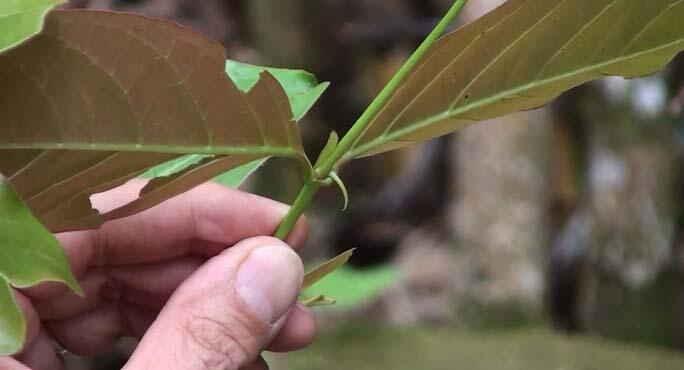Common Name
Botanical Name
AKA
The Amazon rainforest, the largest forest on earth, is richer in plant life than any other place in the world. Targeted by pharmaceutical companies for over a century as a land of exploration for source materials of new drugs, the Amazon rainforest is also a treasure trove of botanicals for the dietary supplement industry. Among the many Amazon botanicals which have come to light in recent years, Una de Gato (Uncaria tomentosa), which means “cat’s claw” in Spanish, is one of the most promising of all. A woody vine, the plant earns its name cat’s claw due to a preponderance of sharp, claw-like thorns. Dispersed throughout Central and South America, Una de Gato has been used for centuries by numerous native tribes.
Una de Gato is described by Dr. James Duke in his Amazonian Ethnobotanical Dictionary as a plant used widely in Peru for anti-inflammatory, contraceptive and cytostatic (retards tumor cells) purposes. In popular literature, Una de gato is additionally touted as an immune stimulant. And though a certain amount of marketing hype has exaggerated the known benefits of this plant, a number of studies do in fact suggest that Una de Gato may be beneficial for anti-inflammatory and immune-enhancing purposes, and that constituents in the vine may help to inhibit tumor cell formation.
Una de gato first came to the attention of the European scientific community in the early 1970’s when Austrian Klaus Keplinger heard of a remarkable cancer cure attributed to the use of the plant. Since that time, researchers have plumbed Una de Gato’s chemical secrets, in search of what might account for its purported healing benefits. Analysis shows that Uncaria tomentosa contains at least five alkaloids, and two other important groups of compounds, quinovic acid glycosides and triterpenoid saponins. In addition, the plant contains antioxidant polyphenols.
Studies conducted In vitro with Una de Gato show that constituents in the plant possess antiinflammatory, antimutagenic, antiviral and immune-stimulating properties. The alkaloids in Una de Gato demonstrate immune-enhancing activity by producing an increase in phagocytosis, a process by which potentially harmful materials are “eaten” by protective cells. In studies of quinovic acid glycosides in the plant, researchers observed significant anti-inflammatory activity. Additionally, these same compounds were shown to inhibit several types of common viruses. In studying triterpenoid saponins, scientists observed that these chemical agents inhibited the growth of some tumor cells.
Good science provides assurance of herbal efficacy to today’s modern, medically-oriented market. Initial scientific studies appear to validate several of the traditional uses of Una de Gato. The plant appears to be safe and non-toxic, and is probably useful as an adjunct to treatment in cases of inflammation, compromised immunity, and viral infection. With further research, the plant may eventually play a role in a complementary approach to the prevention and treatment of certain types of cancer. Tribal people in the Amazon would no doubt be amused by scientific inquiries into Una de Gato. After all, they’ve known for centuries that the woody vine with the sharp, claw-like thorns is a healer.


